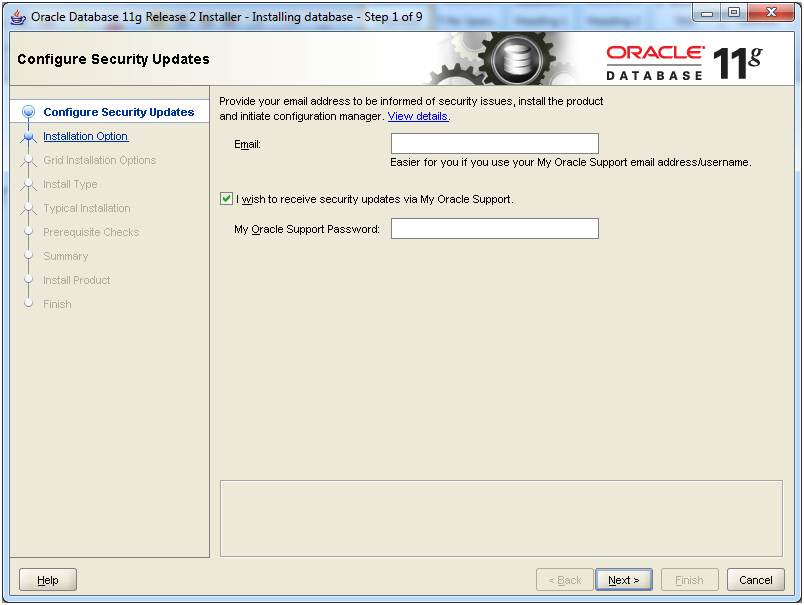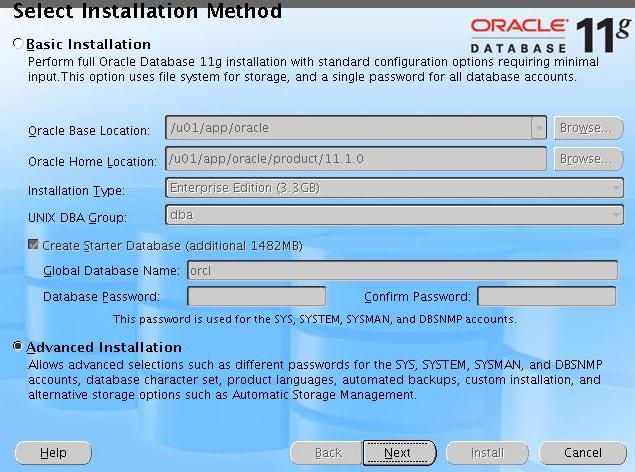
Press enter to accept the default values for the script asks. Open a terminal window, switch to root user by issuing “su – root”, and run the scripts to complete the installation.

HOW TO INSTALL ORACLE 11G ENTERPRISE EDITION SOFTWARE
When the software is installed, DBCA utility will create the database automatically. Wait until software installation completed. So we’re ready to install the database, click “install”. I’ll not enable auto backups, you can enable if you want.Įnter strong passwords (which contains upper and lower cases characters and at least one numberic character) for system users. I’ll use file system to store datafiles, click next. It’s ok to use EM Database Control for now, we’ll remove it later. Because this system has only 2GB, I’ll set 500MB for database service. I’ll not change default settings of database bu memory usage. Select “general purpose” for database type and click next.Įnter the global database name (and SID), click next. Installer will change the target path for the software location (ORACLE_HOME) according to the path for the oracle base.Įnter the location for the Oracle Inventory, click next. So click next.ĮM Grid Control requires “Enterprise Edition”, so be sure the select the enterprise edition and click next.Įnter the path for the Oracle Base.

Select the languages you want to use (for the dialogs etc), “english” is fine. We can go with “typical install” but I’ll select “advanced install” for more options. Select “server class”, it will allow us more options. Select “create and configure a database”, click next. Uncheck the “I wish to receive security updates” and click next.Īgain, I select “skip software updates” and click next. I’ll not set up MOS credentials now and will do a vanilla install.

Unzip will create a directory named “database”, go into this directory and run “./runInstaller”:


 0 kommentar(er)
0 kommentar(er)
